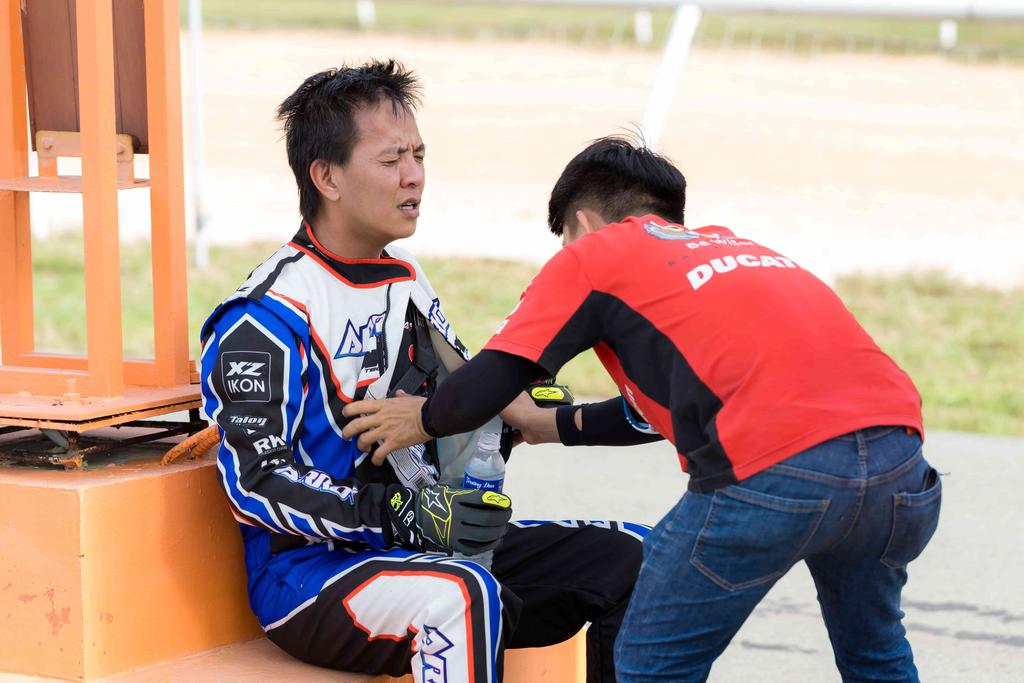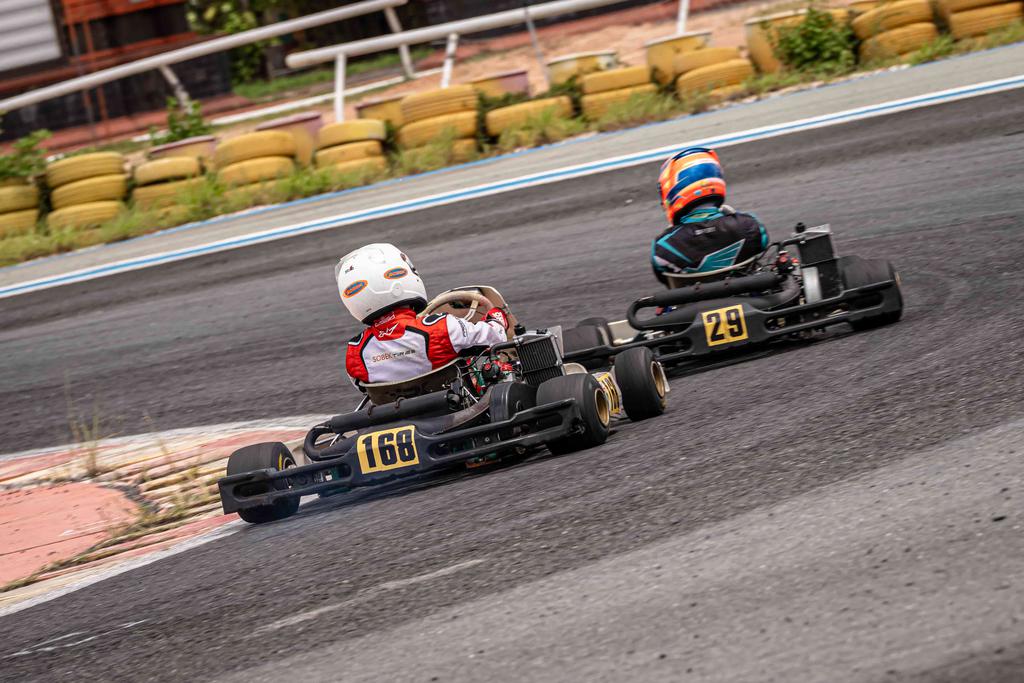GETTING FIT FOR THE TRACK: FITNESS TIPS FOR GO-KART RACING
So, how do you maintain good physical fitness to ensure consistent performance throughout the race instead of getting fatigued halfway? This article will focus on the key muscle groups under heavy stress in go-kart racing and exercises to strengthen them.

Frequently Active Muscle Groups:
1. Neck: The strong G-forces during cornering put significant strain on the neck area, making it prone to fatigue. Feeling like your head wants to ""fall off the neck"" is the easiest way to visualize it. Over time, the neck muscles will be trained and become stronger. For kids, wearing a helmet equivalent to 10% of their body weight is also a challenge.
2. Core: Maintaining a steady grip on the steering wheel during cornering requires a strong core. Weak core muscles will affect stability, leading to neck and arm fatigue.
3. Forearms: Gripping the steering wheel tightly for extended periods can cause forearm fatigue. This affects the ability to control the car accurately.
Strength-Building Exercises:
1. Bodyweight Exercises: Push-ups, sit-ups, and pull-ups are simple exercises that don't require a gym and help improve overall strength.
2. Neck Strengthening: Wearing a helmet and gently rotating the head in circles or nodding up and down to increase neck endurance.
3. Core Tightening: Planks and sit-ups are effective exercises for the core area. Start with short durations and gradually increase the difficulty.

Additionally, diet and rest play crucial roles:
1. Stay Hydrated: Regularly replenish fluids to prevent dehydration.
2. Balanced Nutrition: Supplement electrolytes, eat fruits, whole grains, and green vegetables to maintain long-lasting energy. Avoid consuming too many sugary foods as they provide only immediate energy and can make you tired later on.
With optimal physical fitness, young racers can maintain stable performance throughout 12-15 laps of a final race, gaining an advantage over competitors."
